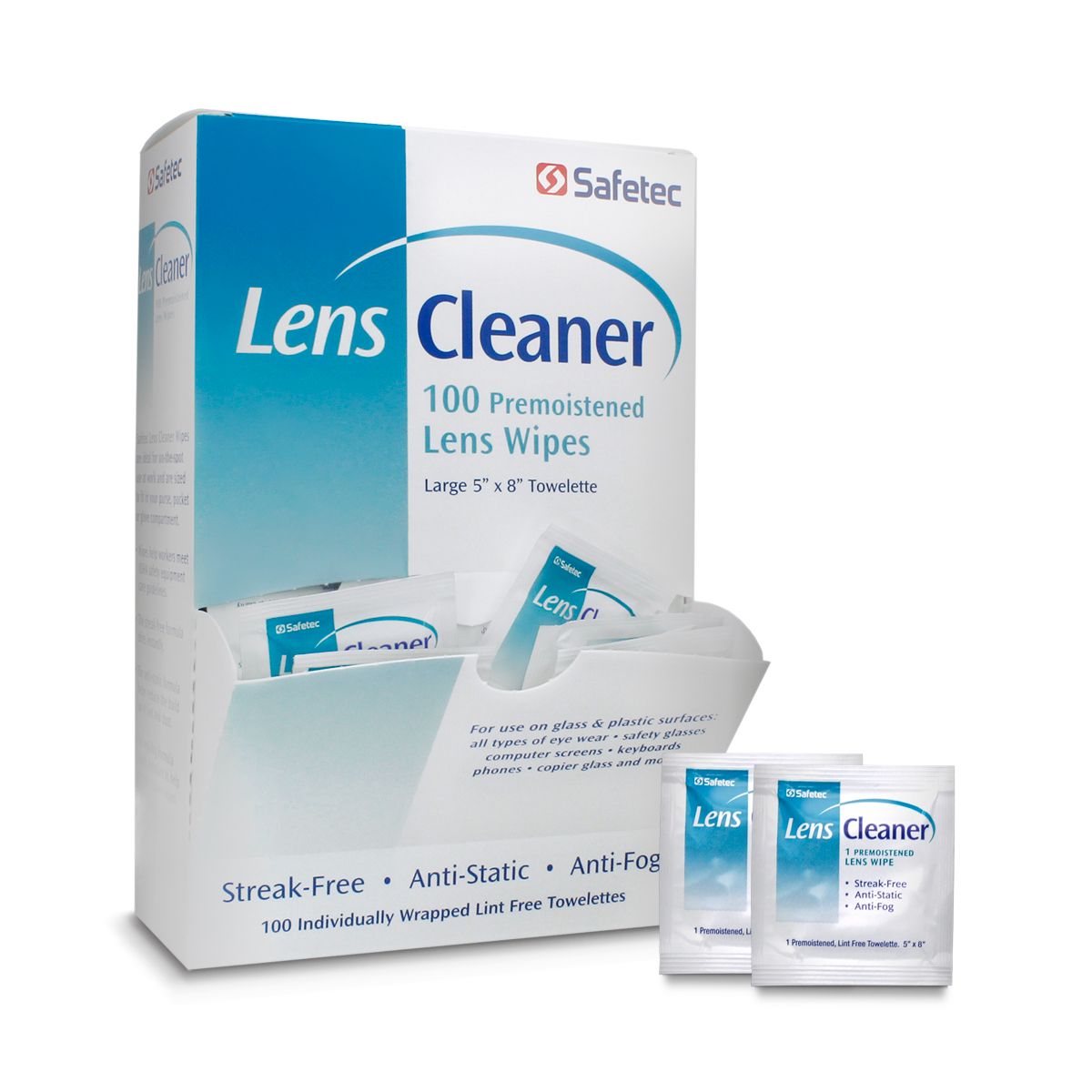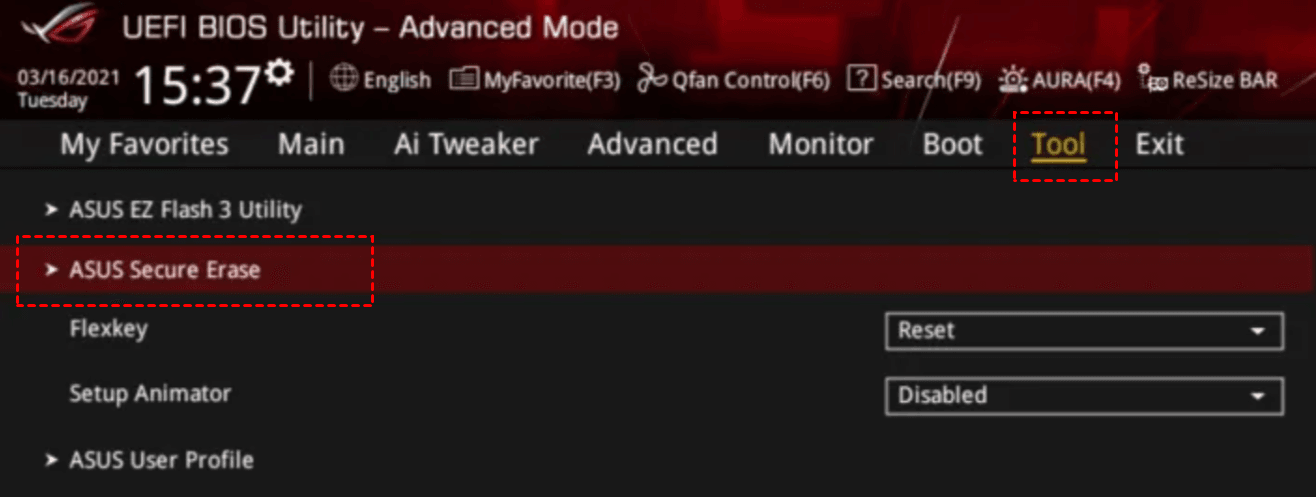

It will grow until the hard drive fills up. The cipher command automatically creates a new folder on the C drive called EFSTMPWP and then creates a file in that folder with nothing but zeros in it.This can take a long time if you are overwriting a large amount of free space.Ĭipher goes through the following steps as it securely wipes the free space on your hard drive. cipher /w:Cĭata that is not allocated to any files or folders is overwritten three times and permanently removed.


Type the following command at the prompt and press Enter. That ensures the maximum amount of free space is securely wiped.Ĭlick the Cortana icon or the Search icon on the Taskbar and start typing “command prompt.” Then, click Command Prompt under Best match. Cipherīefore using the cipher command to securely overwrite the free space on your hard drive, be sure you quit all programs. We’ll also mention some third-party tools that do the same thing. Today we’ll show you how to use the cipher command on the command line to securely write over the free space several times to make sure no data can be recovered. If you’re selling a computer or even disposing of one, you should securely wipe the free space on your PC’s hard drive so the files cannot be recovered. The tools, or an experienced hacker, can scan the hard drive and look for the files and restore the links and indexes so Windows can see the files again. So, until (and possibly after) the data is written over, it can be recovered by special tools or the right set of skills. This is because, as mentioned earlier, you’re only removing the indexes and the links to the data and telling Windows it has permission to overwrite that area of the hard drive. The file still exists on your hard drive however, Windows doesn’t know where the file is. When you delete a file on your computer, the only thing that’s removed is its reference in the master file table. What really happens when you delete a file?


 0 kommentar(er)
0 kommentar(er)
